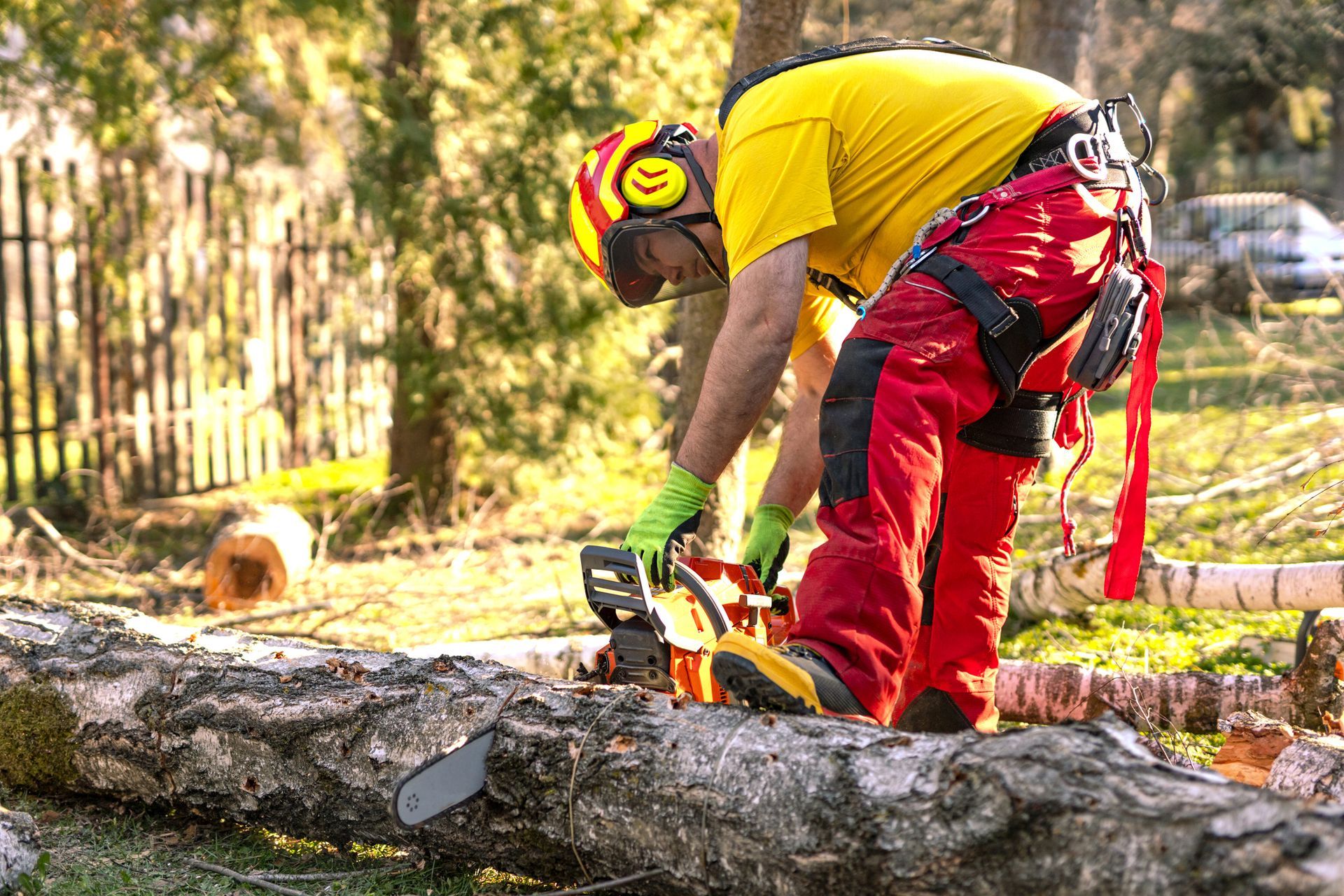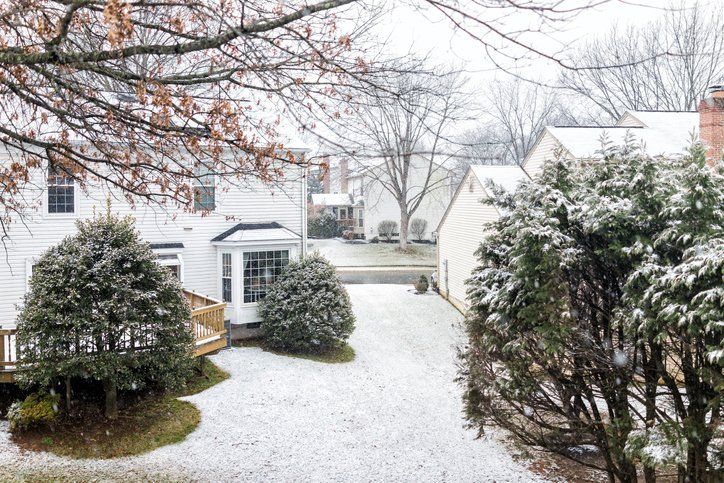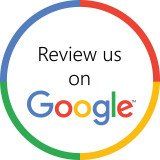3 COMMON PROBLEMS THAT AFFECT BRADFORD PEAR TREES
By Admin • October 8, 2018
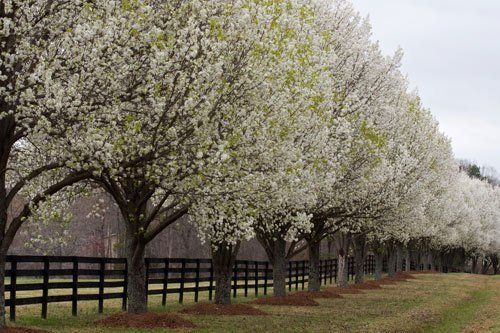
From its fast-growing nature and elegant floral blooms to its enormous height and spread, the benefits of planting a Bradford pear tree in your yard should be easy to see. These trees can grow up to 50 feet tall and add a good amount of color and shade to your landscape, but certain issues are known to affect their health and future growth.
If you have one or more Bradford pear trees in your yard, you need to understand how to care for and protect them in your landscape. Here are a few common issues that can affect your Bradford pear tree.
1. Structural Damage
Bradford pear trees grow tall and grow fast, but they are not the most durable trees you can have in your yard. Rain, sleet, ice, wind gusts, or more severe storms can cause the cause the trunk or branches to split and eventually break and fall onto the ground. It is common to wake up to a large limb from a Bradford tree laying on your roof or driveway.
These trees are more susceptible to storm damage than other trees because of the way in which these trees grow. Bradford trees have branches that grow at narrow angles from the trunk of the tree. These branches weaken the longer (and older) they get, resulting in the splitting that damages the tree during storms.
To reduce the risk of this damage, pruning off diseased or damaged branches and limbs in the late part of winter is imperative. By removing this damage, you will reduce unnecessary weight, which will strengthen the tree's trunk and other branches and limbs.
2. Fire Blight
Fire blight is a disease that can affect your Bradford pear tree. It is caused by a bacteria, which spreads through the tree quickly. Here are a few signs of fire blight disease:
- Canker sores on wood
- Brownish liquid oozing from wood
- Burnt-looking twigs
- Discolored leaves
- Early defoliation of leaves
If your Bradford pear tree is experiencing one or more of the above signs, consult a professional for treatment. An application of bactericide is necessary to stop the disease from spreading. While there is no cure for fire blight, treatment with a bactericide is essential to prevent further damage to the tree.
You also need to prune off diseased areas of the tree to combat fire blight. After pruning, disinfect tools properly using rubbing alcohol, since the disease can infect plants and trees that you use the same pruning tools on. Dispose tree debris safely, as well, to avoid any risk of contaminating other plants.
3. Leaf Spot
Leaf spot is another common issue that can affect your Bradford pear tree. Caused by fungus, leaf spot can be prevented by controlling moisture in the tree.
Remove interior branches that are connecting or growing haphazardly. This will improve air flow through the tree, reducing moisture while preventing fungal growth. If you notice spots on the tops or bottom of the leaves, the tree is most likely already infected with leaf spot disease. Spots may range in color from a deep red to a rustic brown.
Fortunately, leaf spot disease is not life-threatening for your tree. In most cases, it will only affect the look of your tree. Since this can affect your home's curb appeal and value, apply a fungicide to your tree to stop leaf spot from spreading.
With proper planting and care, trees can be a great investment for your home. For information on caring for
your Bradford pear or other trees, contact County Tree Service today. We have the knowledge and expertise to treat your trees.

When you need dependable tree service in Chesterfield, MO , County Tree Service is the name to know. From precision tree trimming to safe removals and storm cleanup, our experienced team handles it all with care and professionalism. We’re dedicated to keeping your yard safe, clean, and beautiful year-round. Call 314-920-7263 today for expert tree service in Chesterfield

For professional tree service in Fenton, MO , trust the experts at County Tree Service. Whether you need tree removal, trimming, or storm damage cleanup, our skilled team is ready to handle the job safely and efficiently. We take pride in keeping your trees healthy and your property looking its best. Call 314-920-7263 today for reliable tree service in Fenton you can depend on!

Need expert tree service in Ballwin, MO ? County Tree Service offers safe, efficient tree removal, trimming, and storm cleanup for homes and businesses. Our experienced crew is dedicated to keeping your property safe and your trees healthy year-round. Call 314-920-7263 today for trusted tree service in Ballwin from
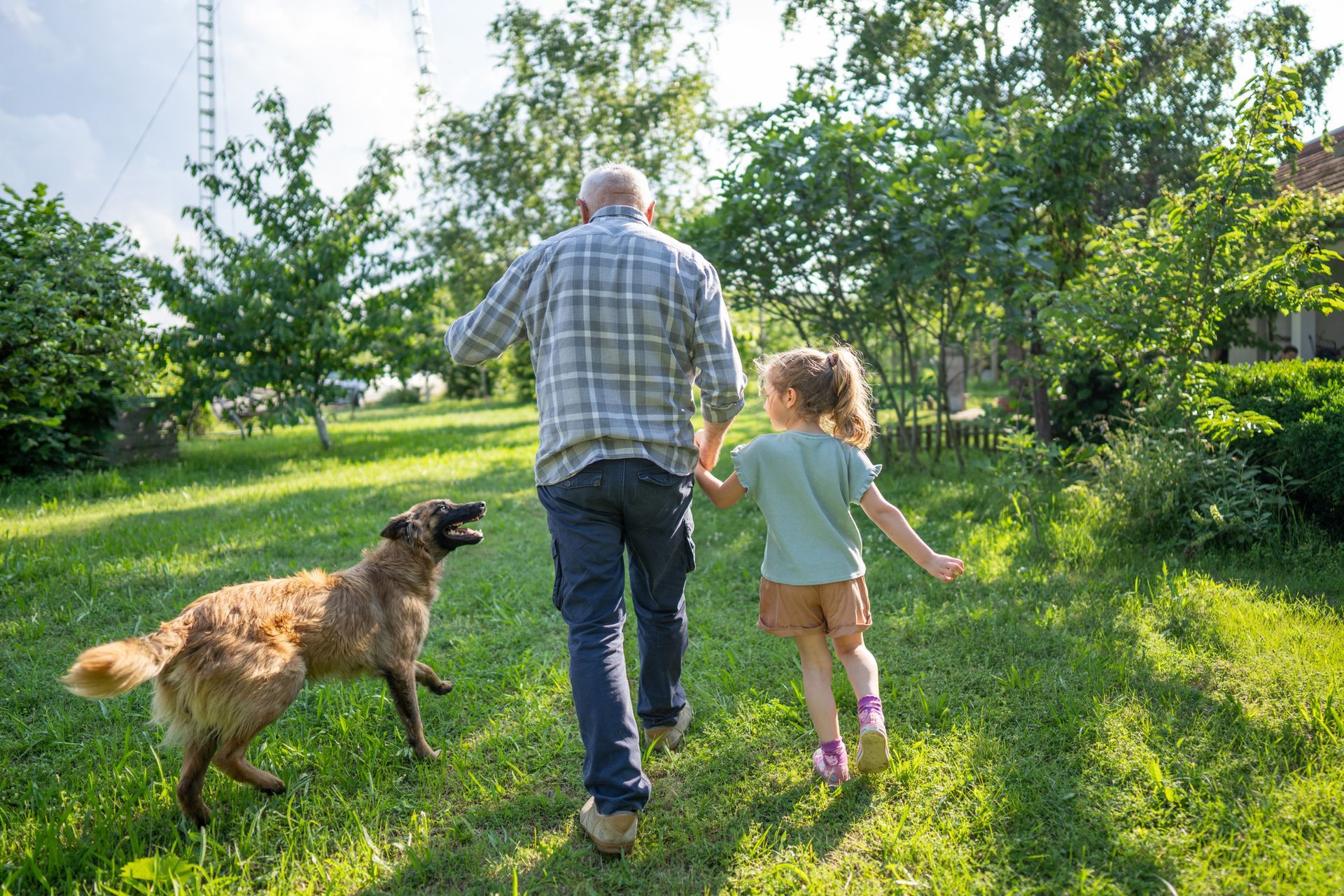
Looking for dependable tree service in Saint Louis, MO ? County Tree Service is your go-to team for expert tree trimming, safe removals, and complete tree care. With years of experience and a commitment to customer satisfaction, we keep your trees healthy and your property safe. Call 314-920-7263 today for professional tree service you can count on in St. Louis!
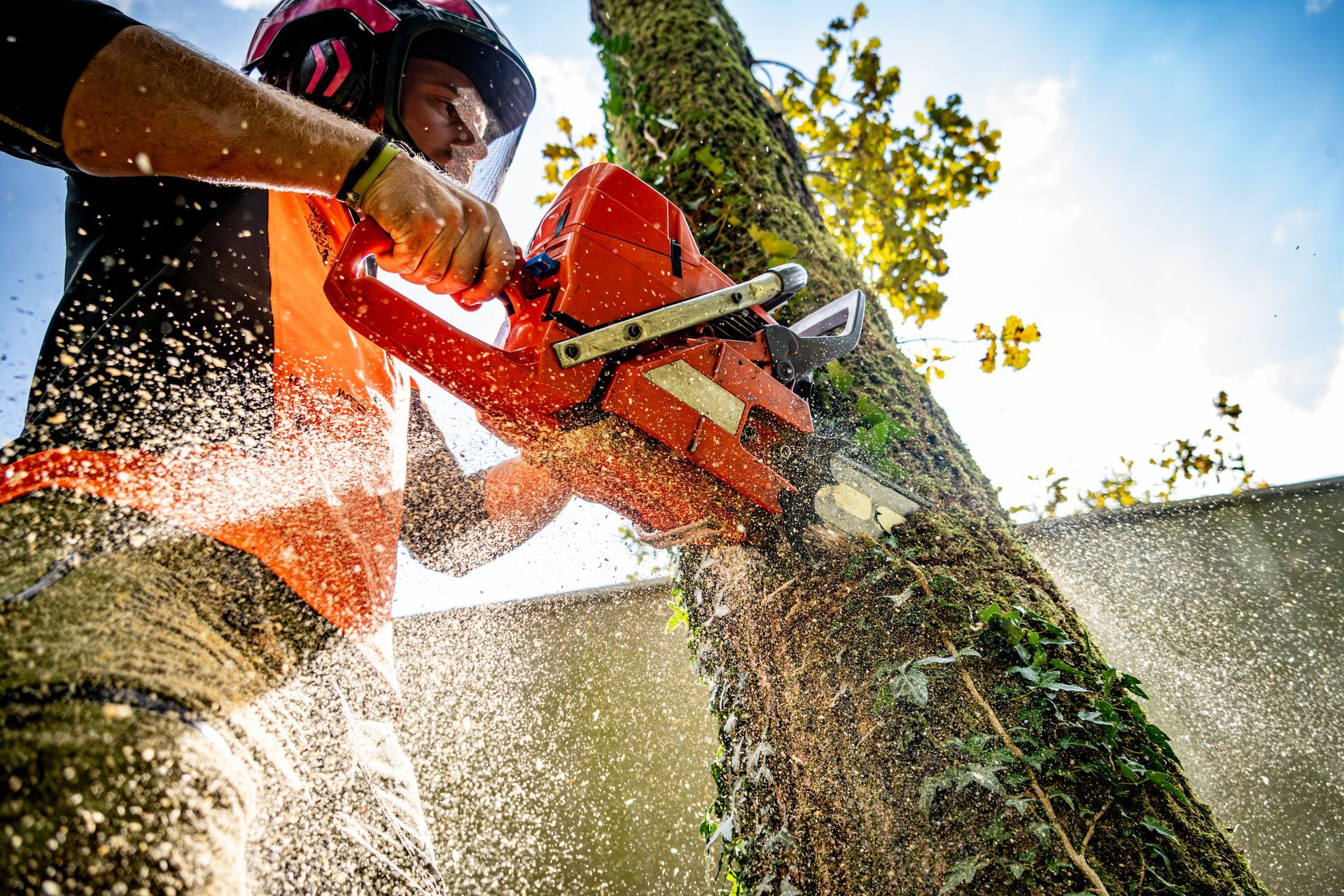
When you need dependable tree services in Fenton, MO , County Tree Service is the local company to trust. We offer comprehensive tree care, including tree removal, trimming, stump removal, and wood chipper services to keep your property safe and beautiful. Fenton’s trees face challenges like storms, pests, and disease—our skilled team is equipped to handle all of these with professional care and attention to detail. Whether it’s routine maintenance or emergency service, we’re ready to help. For reliable tree services in Fenton, MO , call County Tree Service at 314-920-7263 today for a free estimate.
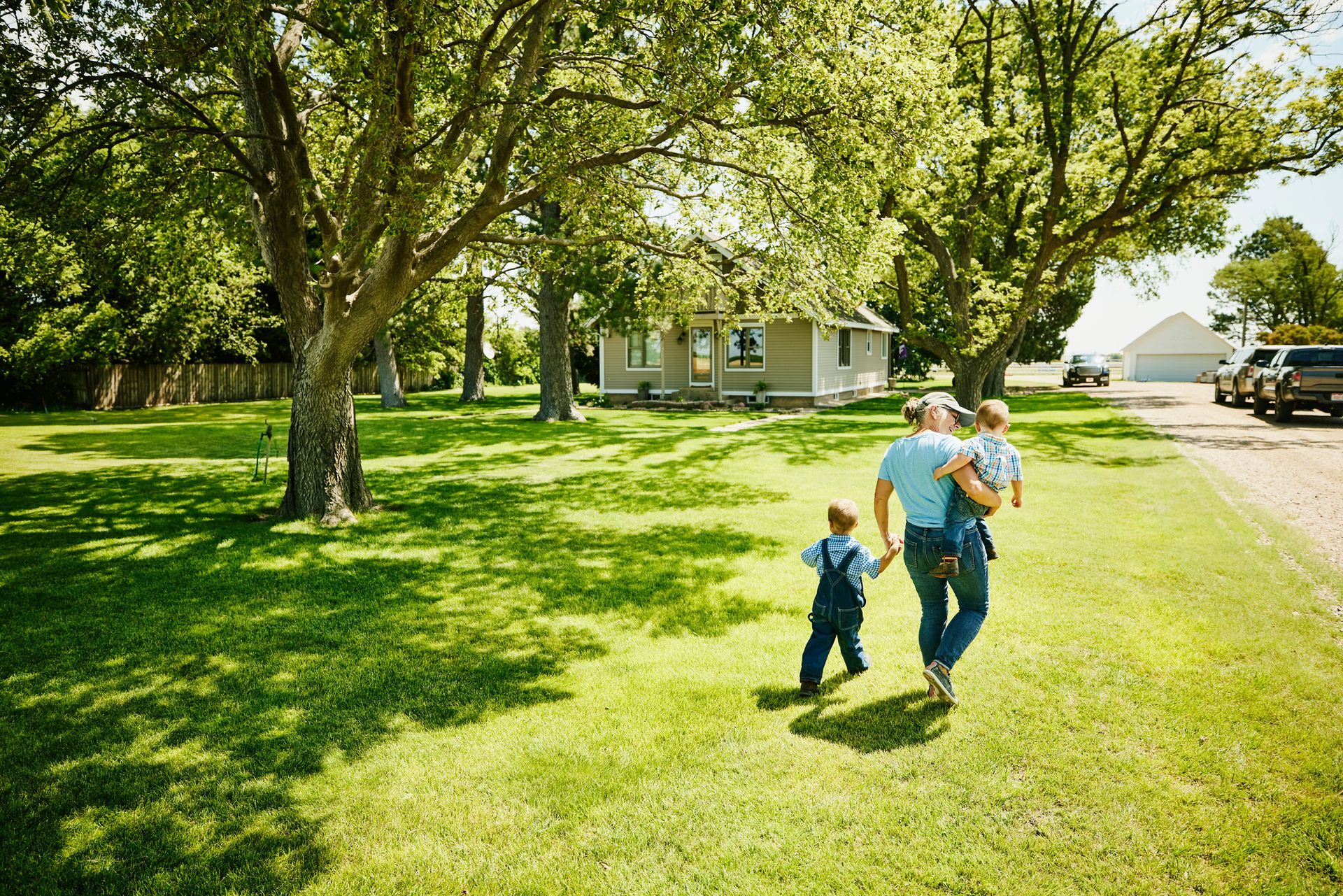
If you’re looking for professional tree services in Ballwin , MO, County Tree Service offers the expertise and equipment to handle all your tree care needs. From safe tree removal and expert trimming to stump removal and wood chipper services, we keep your property healthy and attractive. Our team understands the specific needs of Ballwin’s trees and environment. Whether it’s preventative maintenance or storm damage cleanup, we provide reliable, affordable tree services you can count on. For expert tree services in Ballwin, MO , contact County Tree Service today at 314-920-7263 for a free estimate.
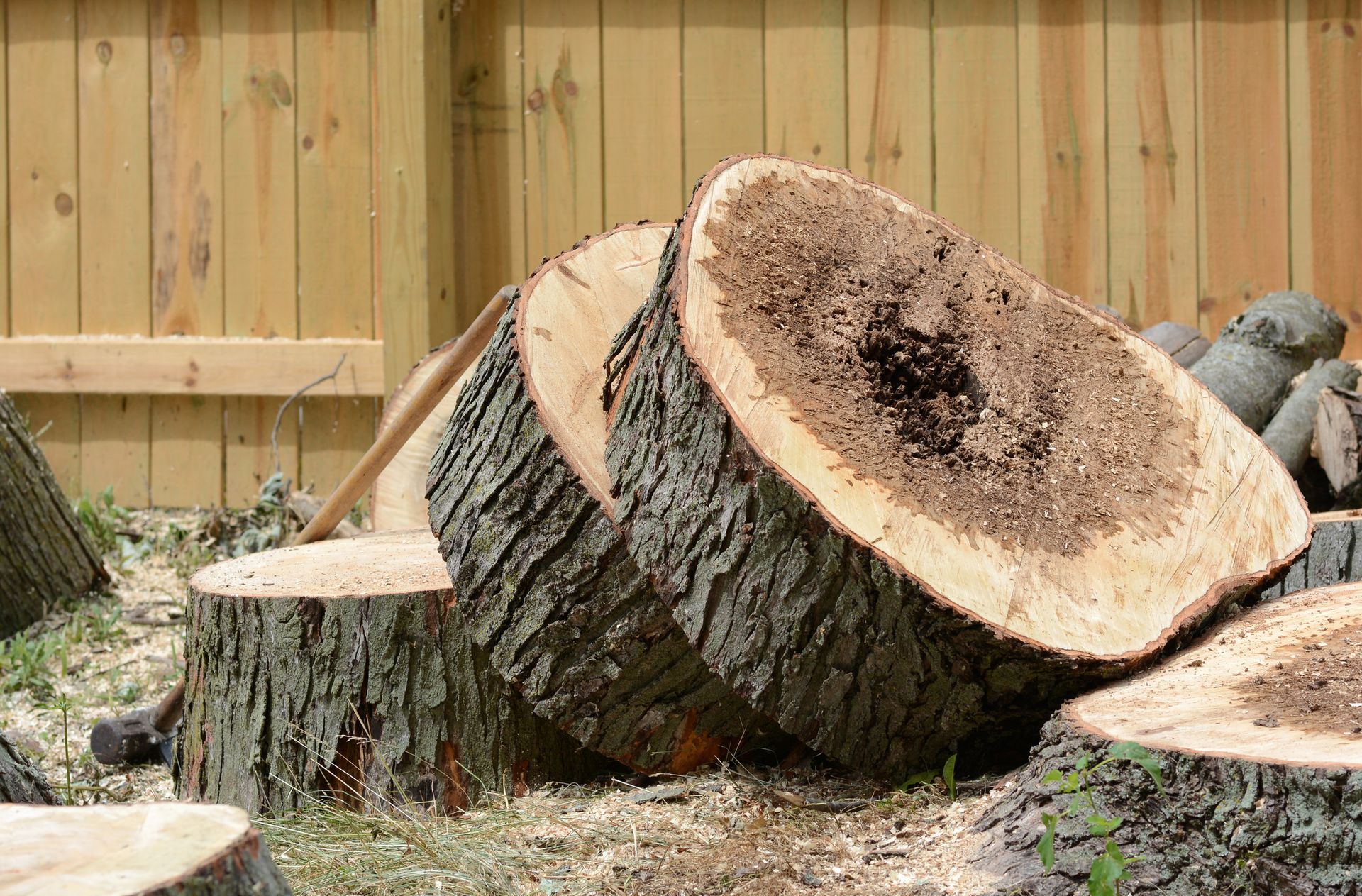
For professional and trustworthy tree services in Chesterfield, MO , County Tree Service is your local expert. We provide comprehensive tree care solutions to keep your property safe, healthy, and looking great all year long. Our team offers a full range of services including tree removal , tree trimming , stump removal , and wood chipper services . Whether it’s routine maintenance or emergency tree work, we handle every job with precision and care. Chesterfield’s climate and environment can challenge your trees, but with our expert tree services in Chesterfield, MO , you can rest easy knowing your trees are in good hands. Contact County Tree Service at 314-920-7263 today for a free estimate and expert advice on your tree needs.

